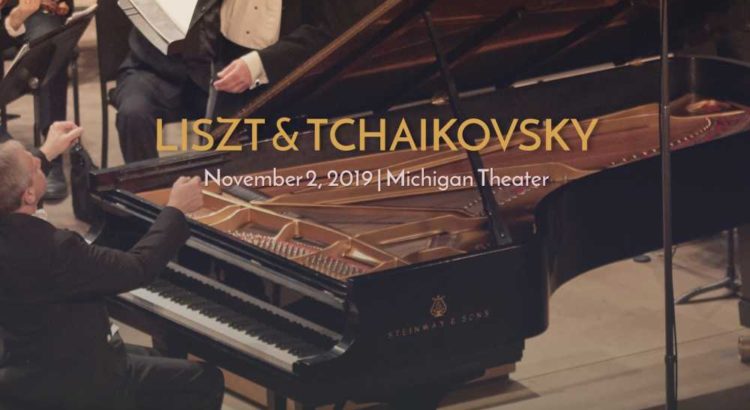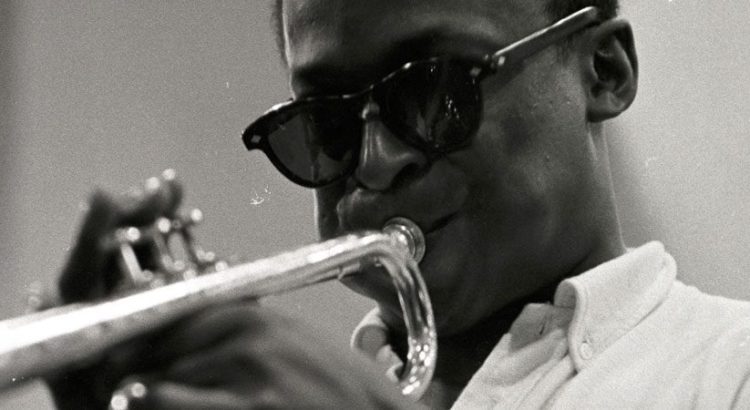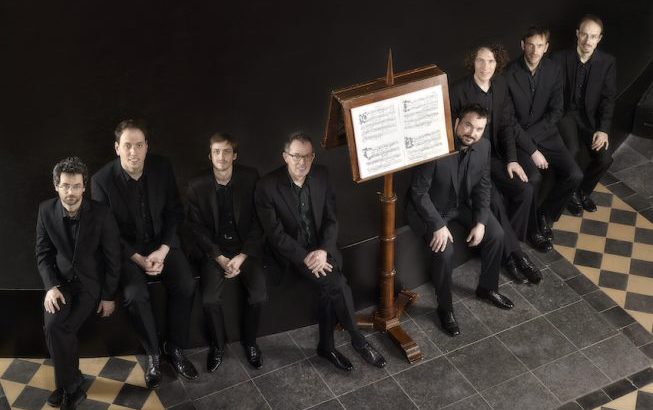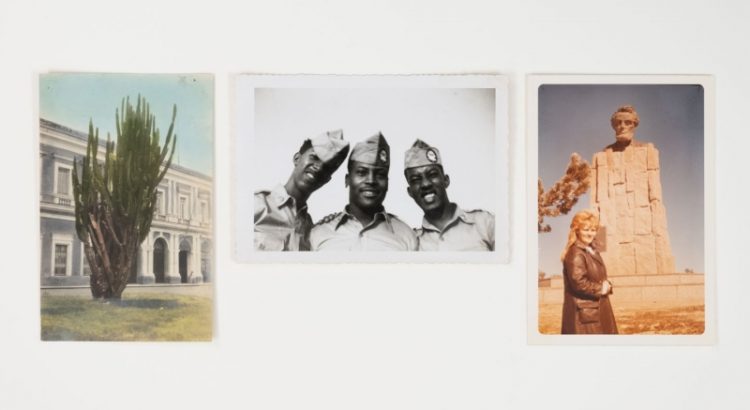The Ann Arbor Symphony Orchestra’s Saturday evening performance at the Michigan Theater was a musical tour de force showcasing a variety of styles and textures.
The concert opened with Wang Jie’s Symphonic Overture on “America, the Beautiful.” A fugue on the iconic patriotic song that evokes “spacious skies,” “amber waves of grain,” and “purple mountains majesty,” Ms. Jie’s rendition is fittingly also inspired by Pike’s Peak. This mountain in the Rocky Mountains of Colorado is the location that inspired Katharine Lee Bates to write the poem that would be set to the tune we know as “America, the Beautiful”. However, Ms. Jie’s composition was quite a contrast from the style of the original tune that was written in 1882 by Samuel A. Ward. It was dynamic, fresh, and very much alive. Although it was short in length, it managed to get a lot across in that short span of time, and as a listener, I enjoyed every minute and was not ready for it to end when it did. Even more of a treat was the fact that Wang Jie was present in the audience, and when she came onstage at the end of the piece, the audience received her with enthusiastic applause.
In the second piece on the program, Liszt’s Piano Concerto No. 2, soloist Anton Nel dazzled the audience, even garnering calls for an encore, which he obliged to. His playing, which was light and technically brilliant, drew me out of my seat in the hall and into the world of the music for the duration of the piece.
Last on the program was Tchaikovsky’s Symphony No. 5 in E minor, Op. 64. The orchestra overall was excellent, but it was the solo players that shone through in this piece. I was especially impressed by the clarinets at the very beginning of movement 1, the Andante – although they were playing as a pair for most of the time, their blend was such that they sounded like a single instrument. Furthermore, the solo horn in the second movement was exquisite.
The Ann Arbor Symphony’s concert, entitled “Liszt and Tchaikovsky,” was one not to be missed. At the end of a stressful week, it was the musical escape that I needed






